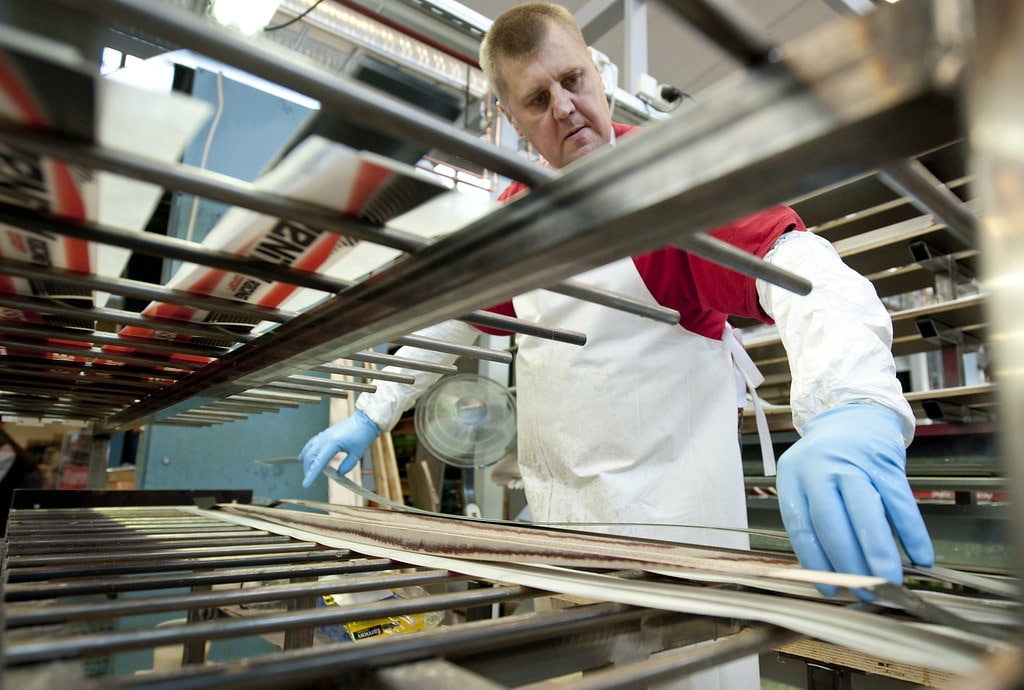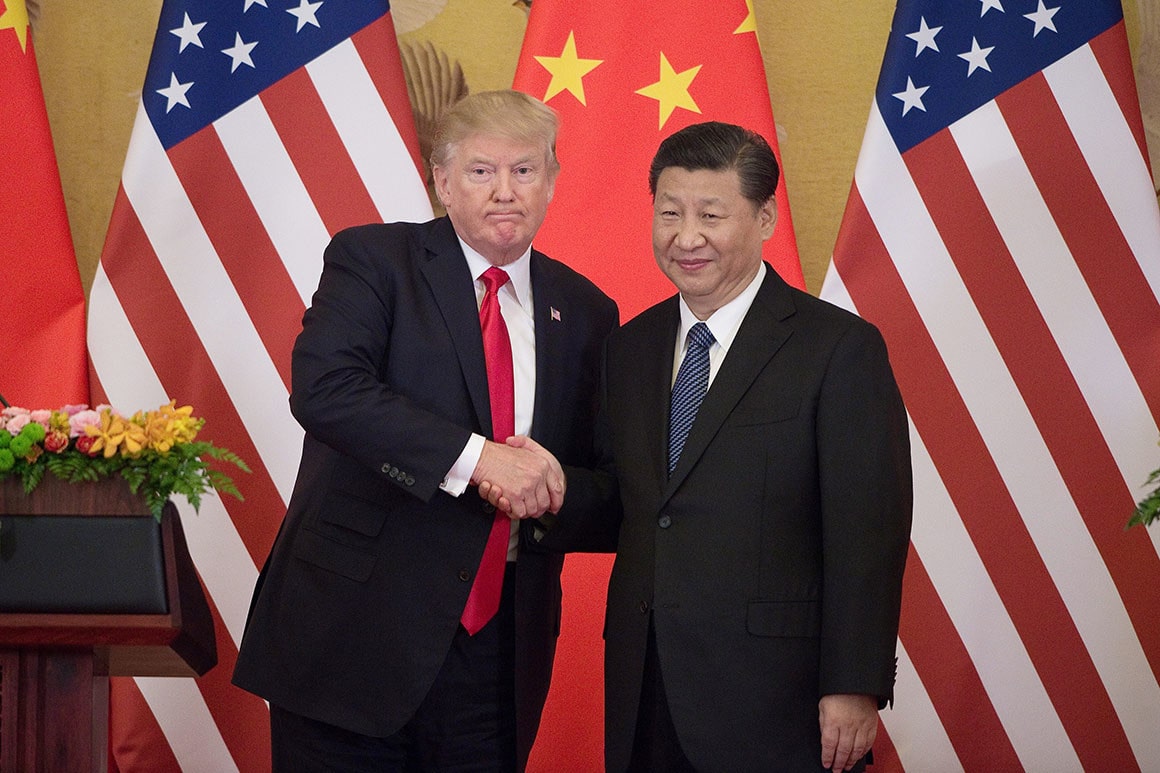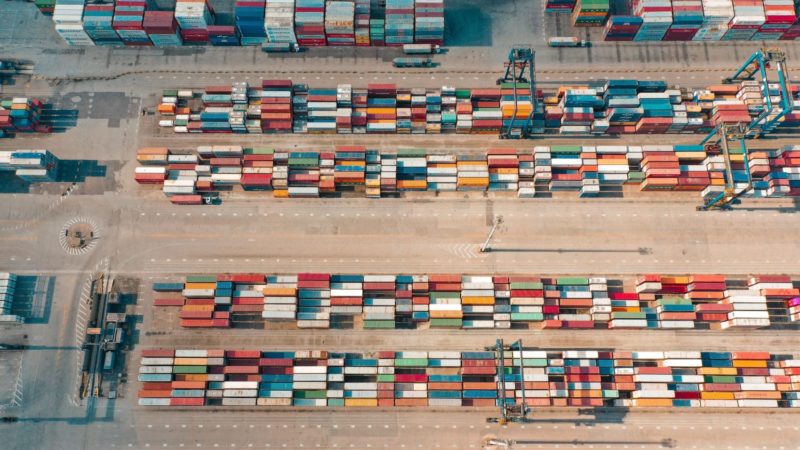
One of the predominant political topics in 2019 has been the ongoing trade war between the United States and China, the two largest economies in the world. The trade war began in 2018 when President Trump signed an executive order placing numerous tariffs on Chinese goods, citing concerns about China’s trading practices. Tariffs and the various contexts around their implementation can be confusing, but tariffs are essentially taxes that a government imposes on goods/services imported from another country. One main motivation behind tariffs is to make foreign imports more expensive, which could make domestic goods/services more desirable. Tariffs can also be used as “punishment” to gain political leverage over another country.
China has been accused of engaging in unfair and unlawful economic practices, an accusation that a majority of experts have deemed to be true. China has long been accused of intellectual property theft, meaning that Chinese firms, suspected to be backed by the Chinese government, are stealing the inventions, technology, patents, and trademarks of foreign firms. In 2015, a shocking report by the Federal Reserve Bank of Minnesota estimated that more than half of all technology owned by Chinese firms was stolen from foreign firms. CNN reports that the U.S. Trade Representative estimated the annual loss stemming from IP theft to China to be between $225 billion and $600 billion.

During the 2016 presidential race, both Hillary Clinton and Donald Trump made fighting back against Chinese economic deception central themes of their respective campaigns. Since 2018, the United States has imposed $250 billion dollars worth of tariffs on China, and China has retaliated with $101 billion dollars worth of tariffs on the United States. These tariffs have a widespread impact on the global economy, including the outdoor industry. SNewsNet is reporting that the latest round of tariffs, set to take effect on September 1st, include items such as skis and bindings. Tariffs are already in effect for many types of outdoor equipment, such as bikes, kayaks, camp chairs, etc.

According to The Outdoor Industry Association, “data shows that outdoor companies and consumers paid an extra $1.1 billion due to new tariffs”. Patricia Rojas-Ungar, who is OIA’s vice president of governmental affairs, stated “These are significant taxes on an industry that fuels economic growth and healthy communities across America. To date, these tariffs have caused so much unpredictability for outdoor companies that many have had to slow or cancel job-creating investments and have resulted in higher costs for businesses in every corner of the country. As bad as over $1 billion in new taxes have been, the worst is on the way in the form of a recent increase of the tariffs to 25 percent and threatened tariffs on over $60 billion more in outdoor goods.” Since the outdoor industry alone is paying over a billion in tariffs, this could force outdoor industries to raise prices in response to the higher cost of doing business. The US and China were scheduled to resume trade talks in September, but it is unclear if these talks will still occur.